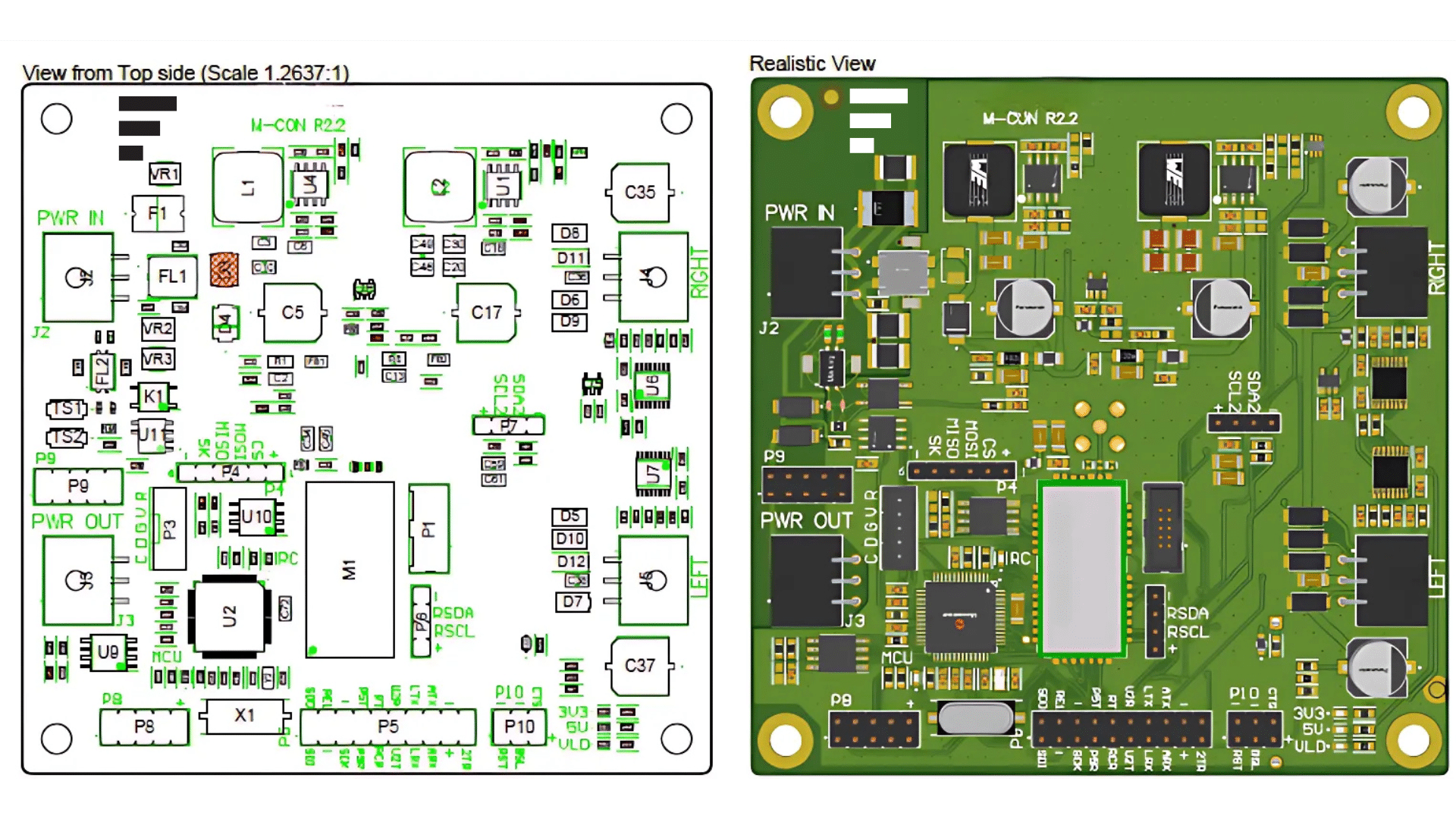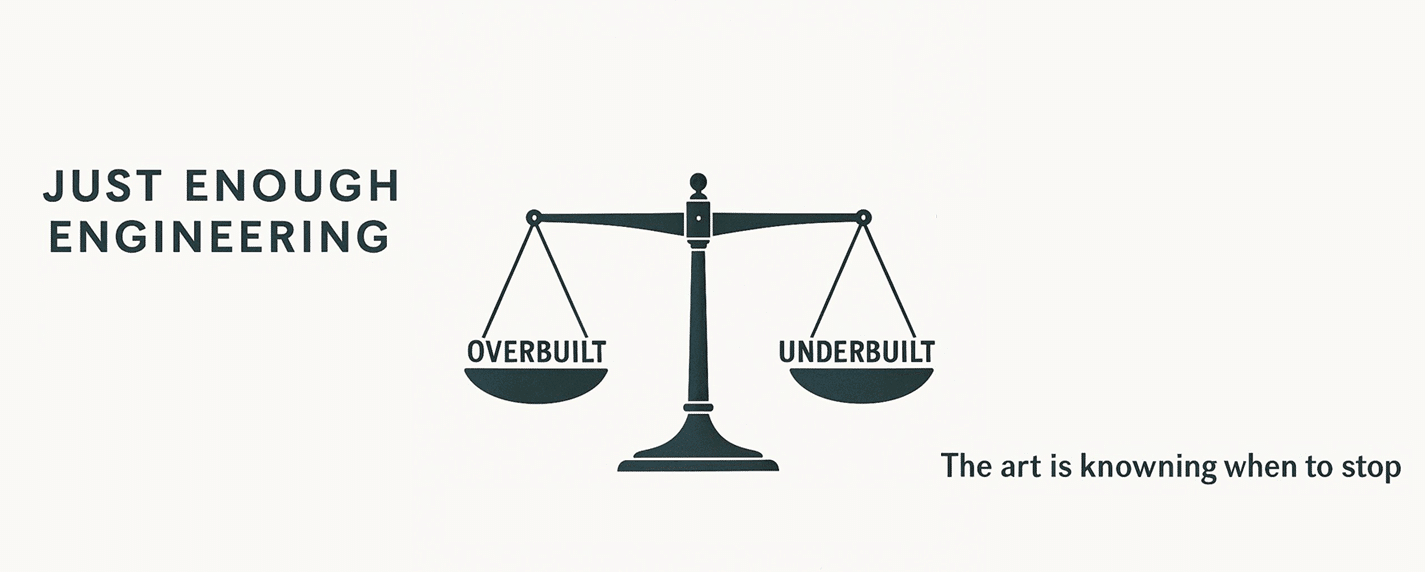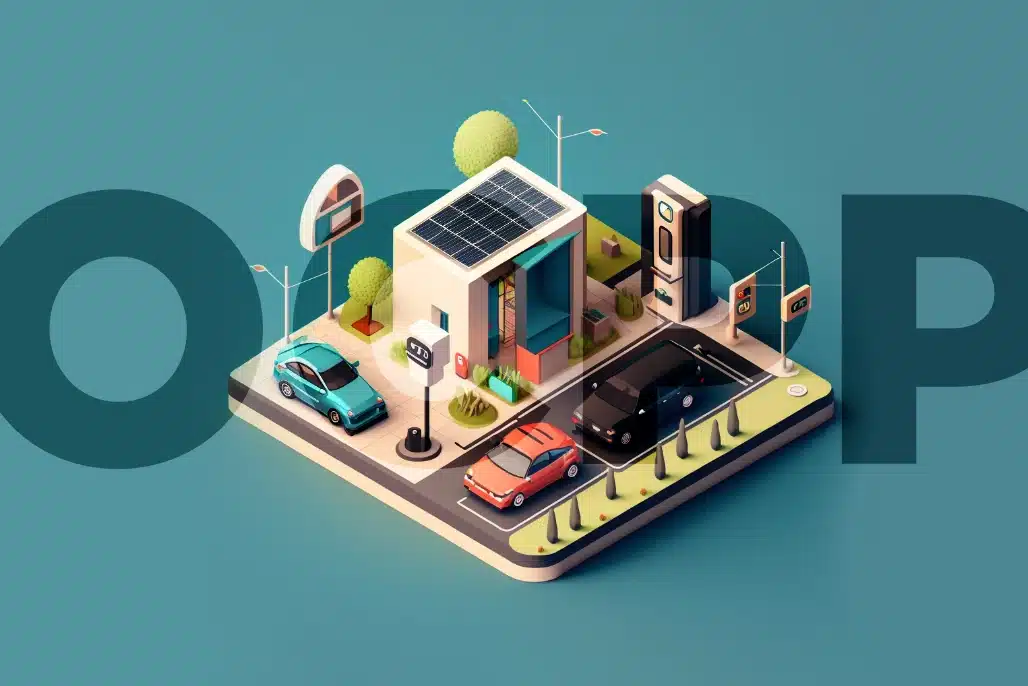As ownership of Electric Vehicles (EVs) continues to grow, more and more potential buyers are learning about the various charging levels available. From Level 1 & 2 to Level 3 (DC Fast Charging), there is a power increase in each successive level of the charger; as such, EVs typically charge faster with higher-level chargers. Keep this in mind when looking into which EV model best fits your needs!
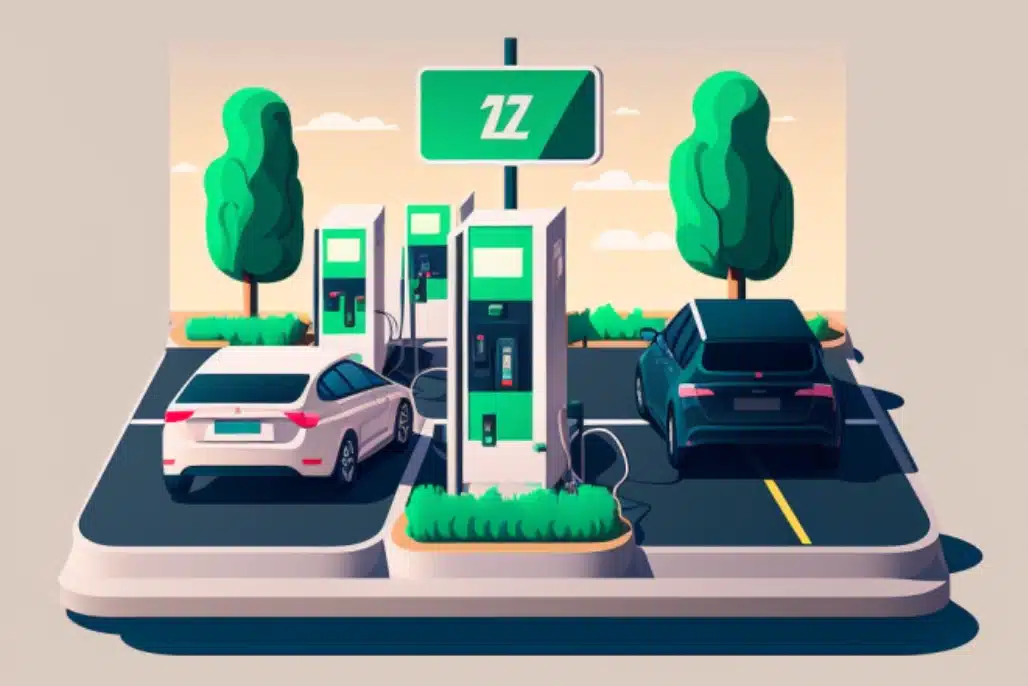
Level 1
EV Charging (Trickle Charging)Level 1 EV charging utilizes the slowest EV charger available and provides between 1 kW and 1.8kW from a standard ubiquitous household outlet 120-volt AC outlet.
Referred to as trickle charging - Level 1 charging typically grants 3-5 miles of range every hour when connected to an Electric Vehicle (EV) or Plug-in Hybrid Electric Vehicle (PHEV). It could take 30 hours to fully recharge the total 150 miles at its maximum speed via the level one charge. Present-day PHEVs are EPA rated with 15-60 miles of electric range; EVs boast 150 - 400 mile ranges.
In North America, Level 1 EV charging is accessible and involves a standard 3-prong household plug on one end and an EV connector of type J1772 (Type 1) at the other. Unfortunately, these chargers are unavailable in Europe due to residential electricity being 230 volts instead.
Nowadays, most automakers are equipping their EVs with standard chargers offering Level 1 or Level 2 charging. This is possible thanks to the interchangeable short pigtail cords fitted with various plugs. Tesla has been doing this for years through its Mobile Connector, and other companies like Ford have also started following suit (for instance, in the Mustang Mach-E). With a maximum rating of 32 amps on 40-amp circuits, this charger should be enough for many owners' needs.
| Charging Level | Connector Type | Output Power | Charge Time (40kWh) | Range Per Hour for Charging | Use Case |
|---|---|---|---|---|---|
| Level 1 | J1772 | 1 kW – 1.8 kW | 22 – 40 hours | 3 – 7 miles (4 – 11 kilometers) | Basic Anywhere |
Level 2
Supporting OCPPLevel 2 is undoubtedly the most advantageous of all home EV charging systems due to its speed and convenience. In North America, Level 2 chargers use a 208-volt to 240-volt AC outlet at up to 19.2 kW (80A), while in Europe, they utilize 230V (single phase) or 400V (three-phase). Furthermore, Level 2 added additional features - like RFID cards for security measures, load balancing abilities and Open Charge Point Protocol networking capabilities.
The EV connector type for North America and Japan is J1772 (Type 1); meanwhile, Mennekes (Type 2) connectors are used in Europe. Level 2 charging stations can either be tethered to the charger with a cable or come equipped with an untethered socket - all you need to do is plug your cable into it! Just now, Level 2 chargers constitute the most popularly installed variety of EV chargers worldwide; however, there's been a significant surge in installations of higher-level 3 versions as well.
Thanks to its unparalleled speed, level 2 charging is the go-to option for public chargers. Compared with a Level 1 charger, this version can be up to 19 times faster – depending on your vehicle's power output and charge acceptance rate! You would get an impressive 10-75 miles (16-120 kilometres) range in only one hour of charging - perfect for overnight stays or while at work. Furthermore, they are easily accessible from various locations such as homes, workplaces, hotels, and supermarkets, making them highly convenient.
| Charging Level | Connector Type | Output Power | Charge Time (40kWh) | Range Per Hour for Charging | Use Case |
|---|---|---|---|---|---|
| Level 2 |
Mennekes (Europe) |
3 kW – 22 kW | 2 – 13 hours | 10 – 75 miles (16 – 120 kilometers) | Public Charging |
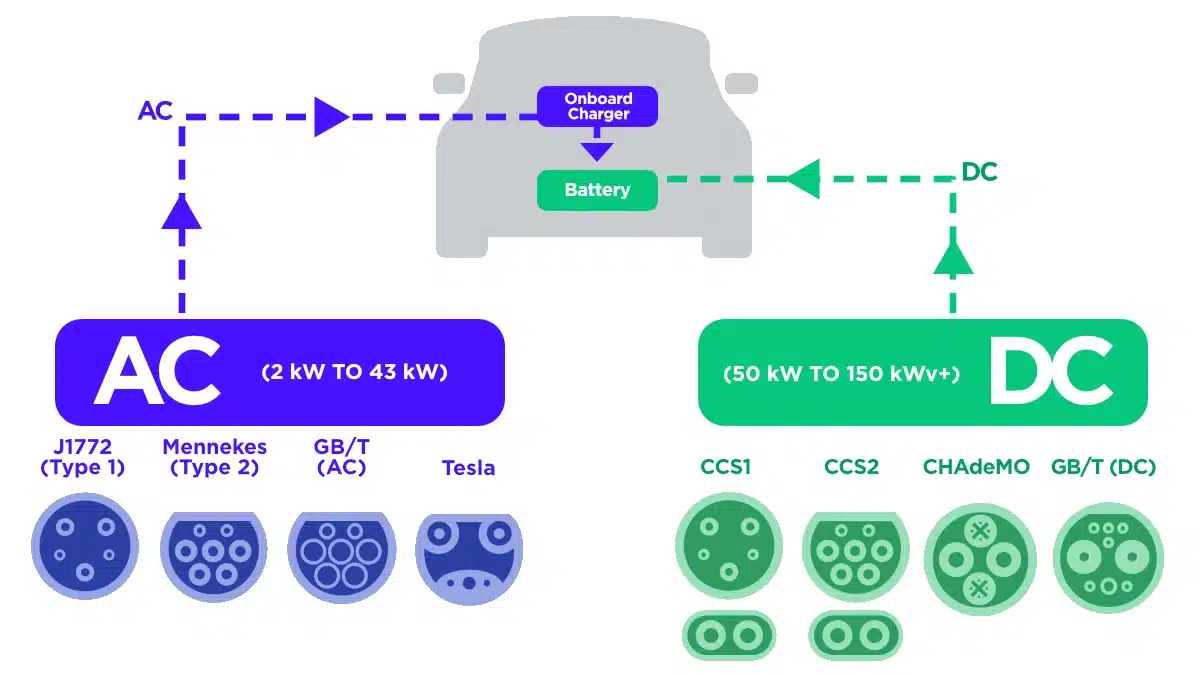
Level 3
DC Fast ChargingAlthough, technically, there is no such thing - DC Fast Charging is commonly referred to as Level 3 Charging - it is perceived to follow Level 2 because it is the next faster level of charging. Two kinds of electrical currents are used in EV charging: AC (Alternating Current) and DC (Direct Current). The electricity grid provides power through an AC current, yet electric vehicles use a battery that stores its energy as DC.
AC-type charging involves the conversion of AC to DC inside the vehicle, which can be a lengthy process. When using an AC-type charger, the power must be converted from one type to another; this is not necessary with a direct current option. However, when it comes to DC-type charging, this takes place in the charger before supplying power directly to your electric car.
This helps bypass any limitations imposed by its onboard charger while delivering more significant amounts of energy - making DC EV Charging more rapid than its counterpart.
DC Fast Charging (Level 3) stations all boast an impressive capacity for power - up to a whopping 360 kW of energy, depending on the three-phase supply voltage: 480 volts in North America and 400 volts in Europe.
Plus, these chargers have various functions and features, such as dynamic power distribution, multi-charging protocol cables, networking via OCPP and more! DC Fast Charging (Level 3) are essential for long-range trips; you can find them at public service stations near major highways.
Supported Connectors: CCS (Combine Charging System), CHAdeMO or Tesla Supercharger connectors – so no matter which type of EV vehicle you have, it’s compatible with Level 3 charging systems!
| Charging Level | Connector Type | Output Power | Charge Time (40kWh) | Range Per Hour for Charging | Use Case |
|---|---|---|---|---|---|
|
DC Fast Charge |
CCS 1 & 2 (North America) |
30 kW – 360 kW | 15 mins – 1.30 hours | 120 – 1400+ miles (193 – 2250+ kilometers) | Fleets, CPOs, Distribution Centers |
Summary
Which Level is appropriate and whereFor property owners, Level 2 charger installation is the optimal choice. It offers rapid charging power to ensure that an EV reaches its next destination in a timely manner. Moreover, it would be more economical to add amenities to your business space while installing a Level 2 charger than investing in electrical infrastructure for DC Fast Charging Station installation.
If you possess the necessary 400 - 900 volt direct-current infrastructure for DC Fast Charging Level 3 Stations or own a business along an interstate highway, there may be a potential reward in investing in such stations and impressive return on investment (ROI).

